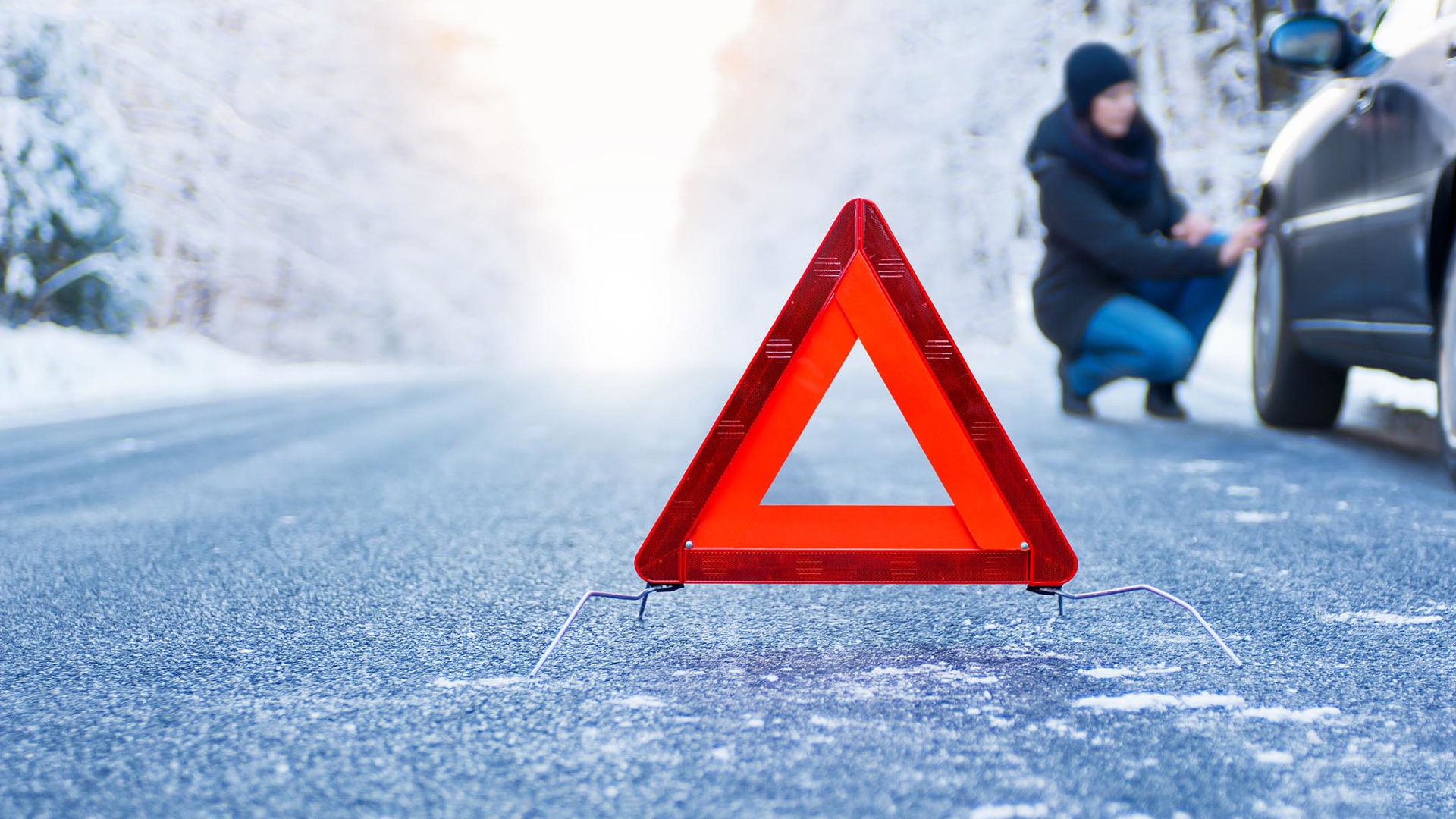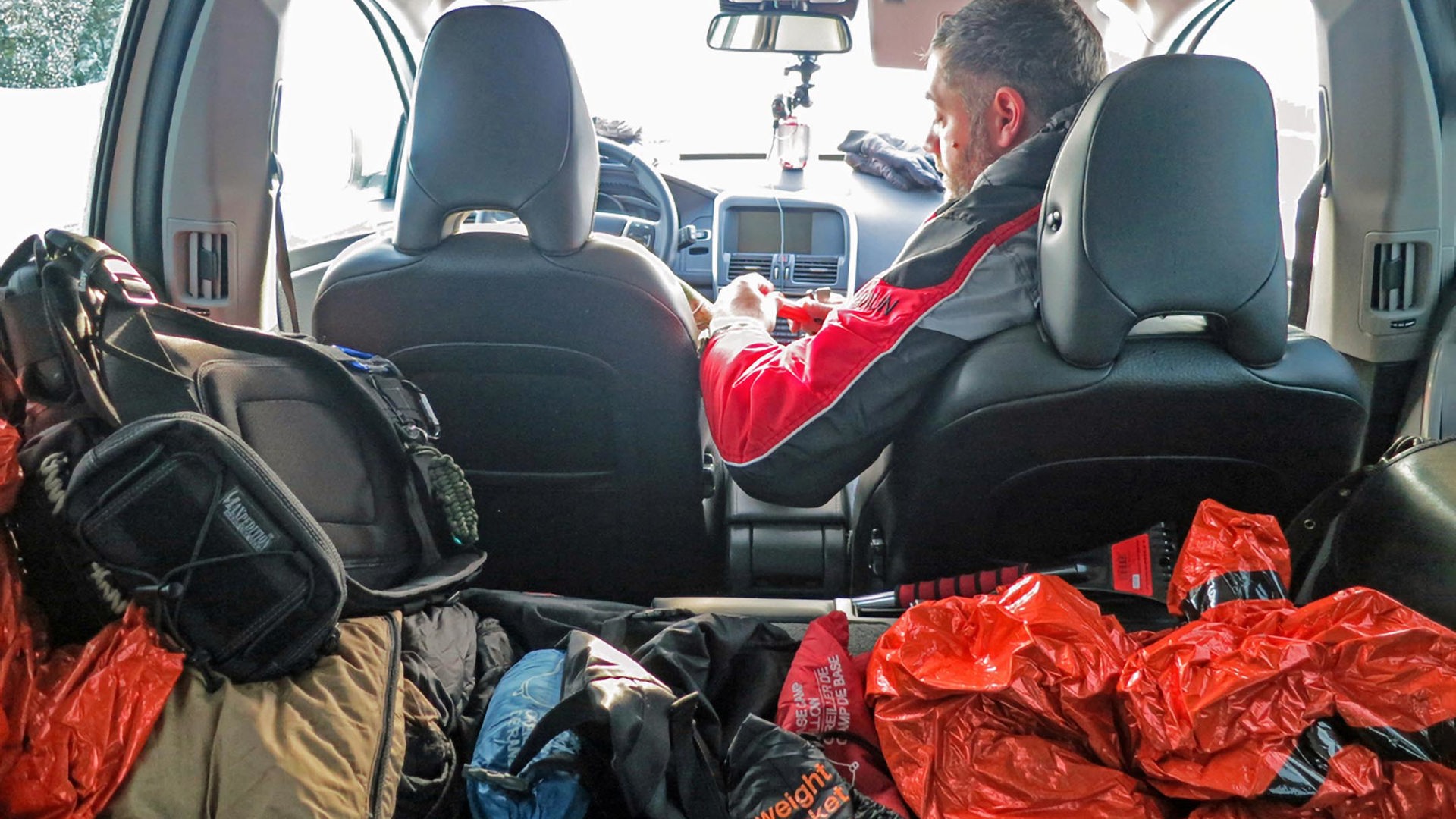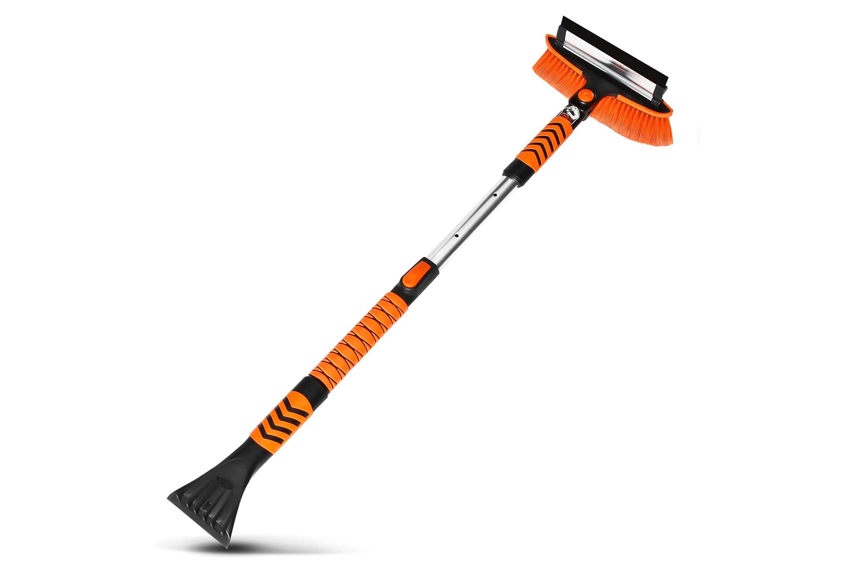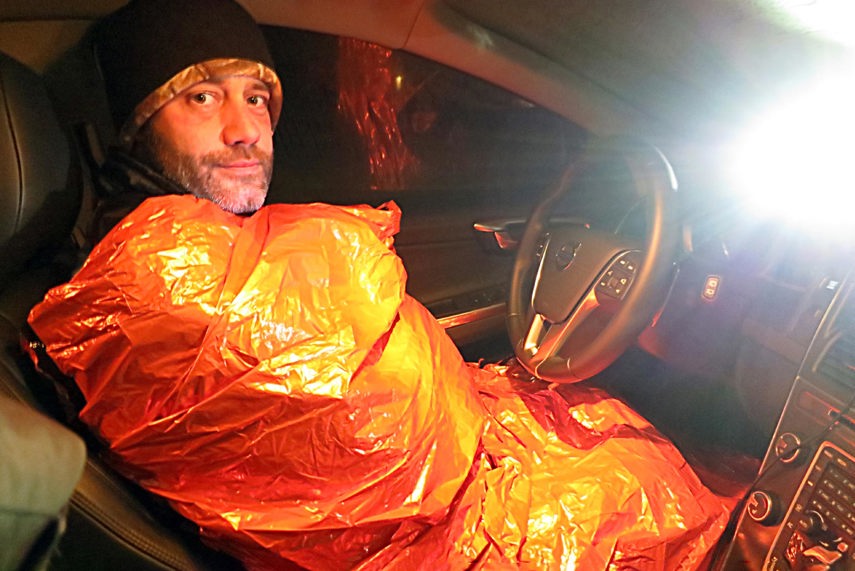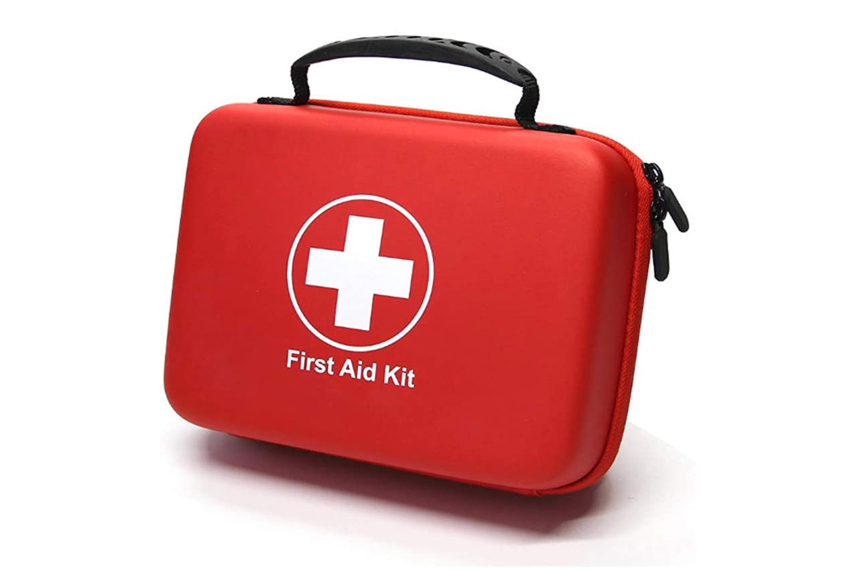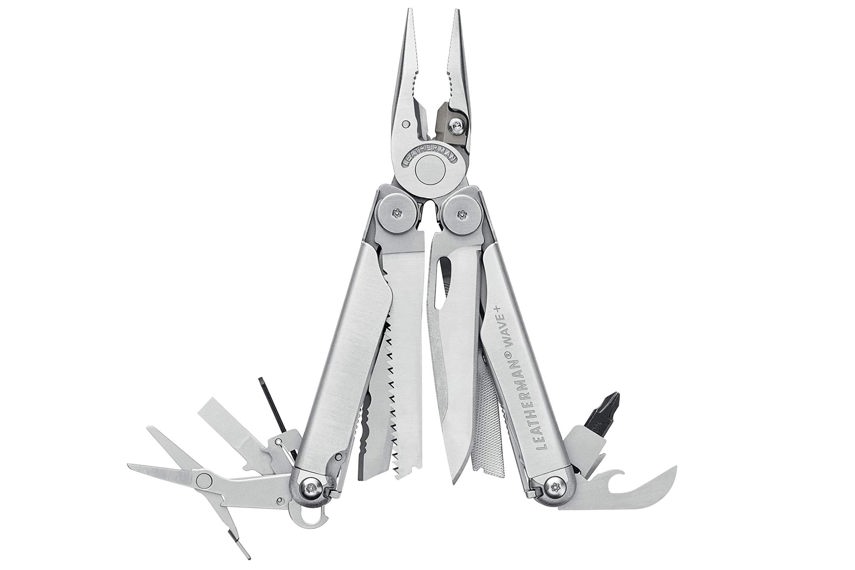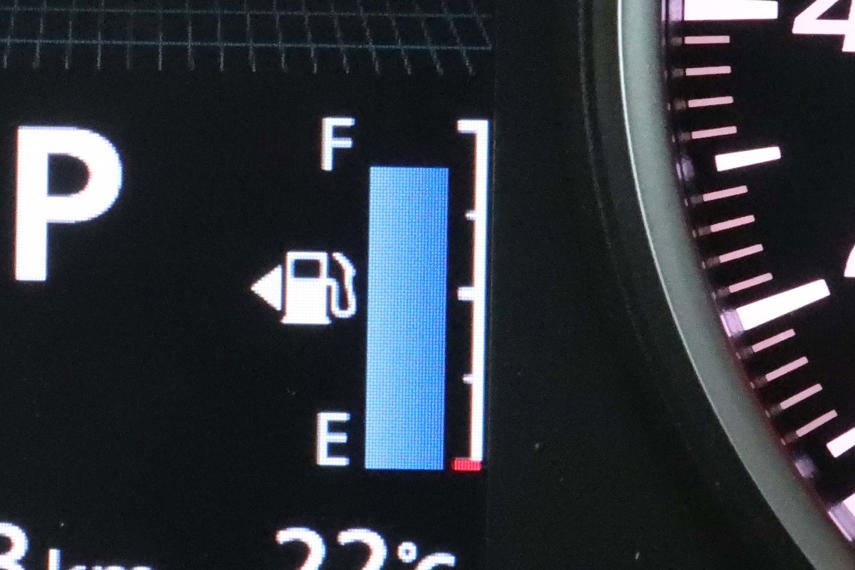Winter has roared in with a bang across most of the country, first turning the ground white and then into a sloppy mess. If your kids left this kind of state lying around, you’d make them sit on the naughty step.
But we cannot do the same with Mother Nature; nor should we, really. After all, we’ve given her a bit of a hard time lately. The best we can do, as Frankie MacDonald likes to remind us, is to be prepared.
In addition to installing a set of winter tires (you do have winter rubber on your car, right?), assembling an emergency kit is cheap insurance against the sometimes calamitous nature of Canadian winter driving. Sure, this kit is going to take up cargo space and add a bit of weight, but it’s a worthwhile trade-off in the name of cold-weather preparation.
Pre-assembled kits are available, ranging from just-the-essentials to enormous knapsacks big enough to bend beams of light. We’ve put together a list of must-have items; use it either as a comparison spec for the kit you’re buying or as a checklist for the one you’re building yourself.
Now, if you’ll excuse us, we need to go shovel off the naughty step. Y’know, just in case.
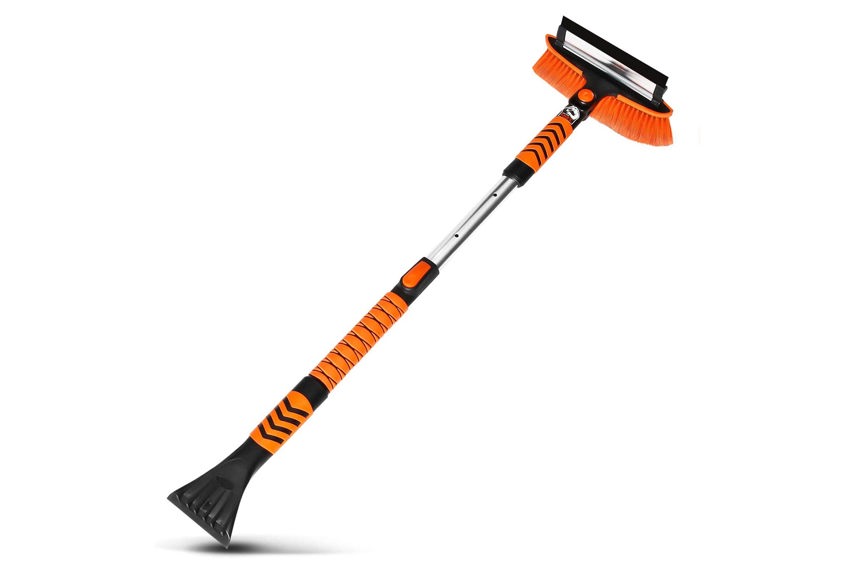
Telescopic Snow Brush & Ice Scraper
A good one of these things with which to clear your vehicle’s windows is essential because that expired Starbucks gift card won’t do the trick when the ambient temperature drops to levels generally only seen at one of the Earth’s poles. Invest in a telescopic brush if it’s in the budget, because removing all the snow from one’s car is essential to a safe winter drive.
Keeping a bottle of winter-grade windshield washer fluid (usually blue or green in colour) tucked in the cargo area of your car is also a good idea.
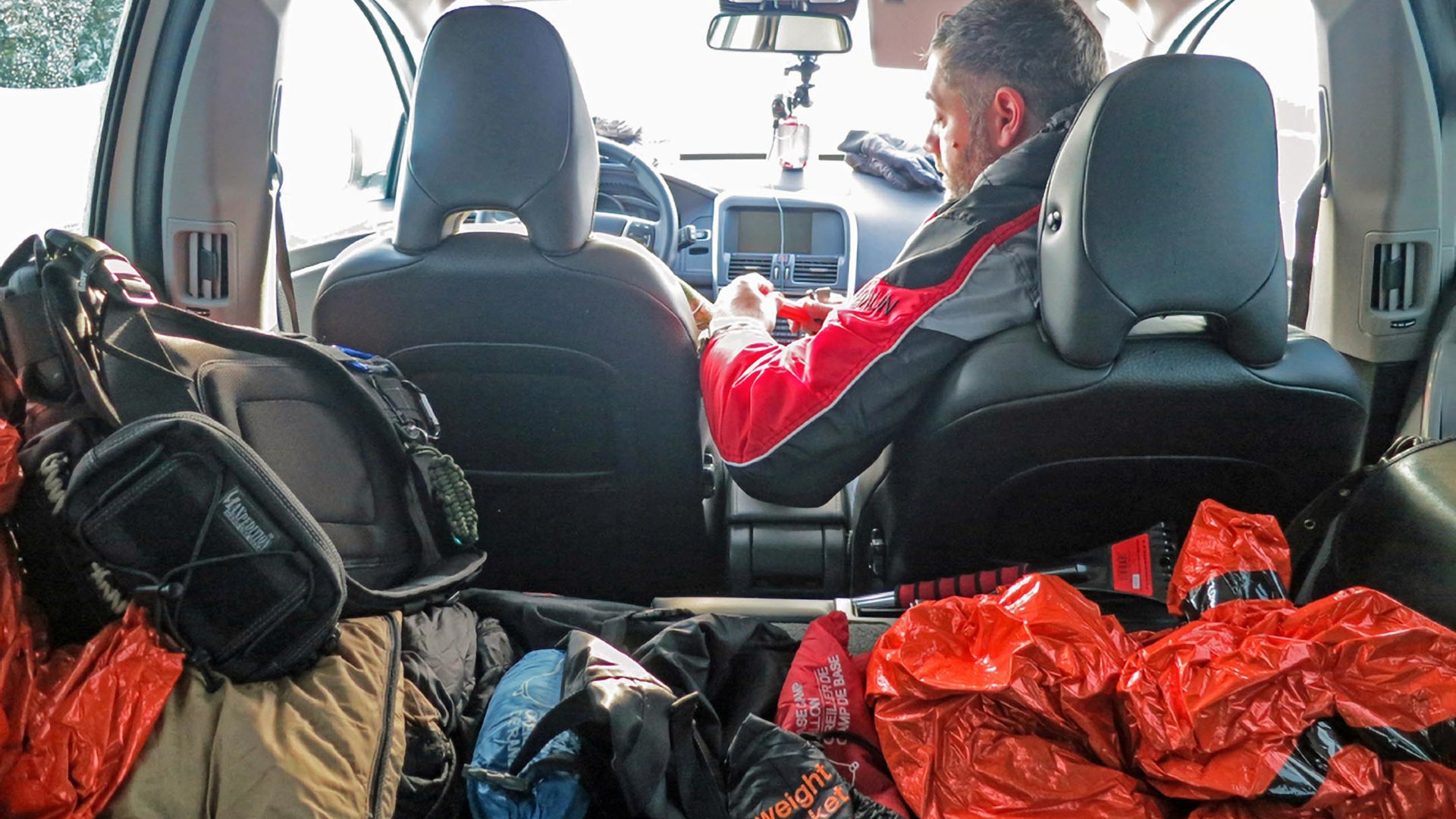
Warm Clothing
Your humble author used to think storing a blanket and warm socks in the spare tire well of one’s car for the winter was complete overkill. However, after a co-worker was forced spend an evening in their vehicle thanks to a snow-clogged and truck-jammed toll highway atop mainland Nova Scotia’s highest peak, I changed my tune.
With the road backed up in both directions and weather bearing down, it was clear all hands were going to be in for a bit of a wait before any sort of extraction measures could be taken. Even though the authorities were checking on motorists with timed regularity, heat can evaporate very quickly from a vehicle cabin.
Besides, running a vehicle for extended periods is never a great idea and this is doubly true when drifting snow begins to cover the car’s tailpipe, a problem that should be addressed only if it is safe to do so.
My co-worker was no worse the wear after the ordeal, by the way, thanks in part to the extra warm clothes.
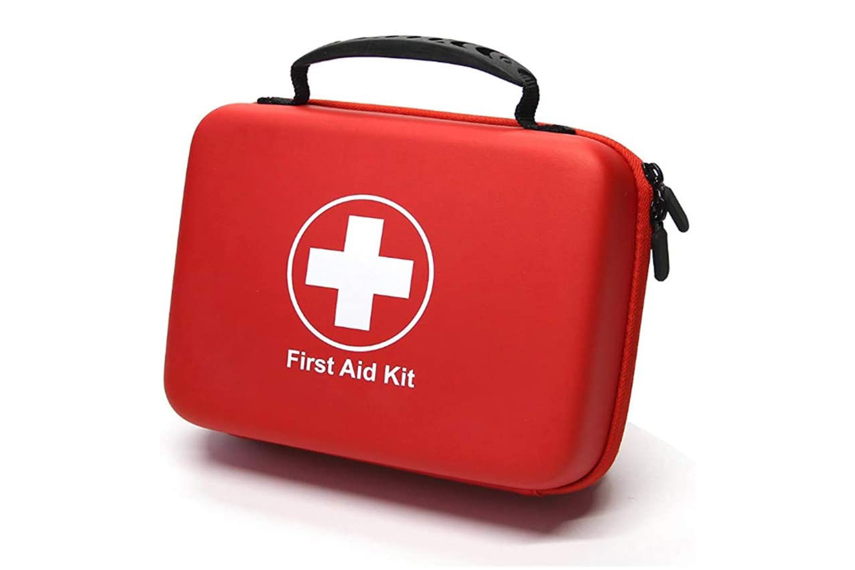
First Aid Kit
Packing a small first aid kit is a decent thought year-round, especially if one makes a habit out of driving lightly travelled roads where help can be scarce. It is wise to keep the kit in an easily accessible area, like the dashboard glovebox or centre console, but sticking it under a seat could lead to it getting wet or damaged.
Toss a few granola or energy bars in there with the gauze and bandages. These will come in handy if you end up on the far side of a snowbank, hidden from view and waiting for help. Also, replace these bars if you decide to eat them in a fit of hunger during a particularly harried commute. This strangely specific advice is brought to you by personal experience.
Given the current global pandemic, it is also prudent to stash extra face masks in there as well.
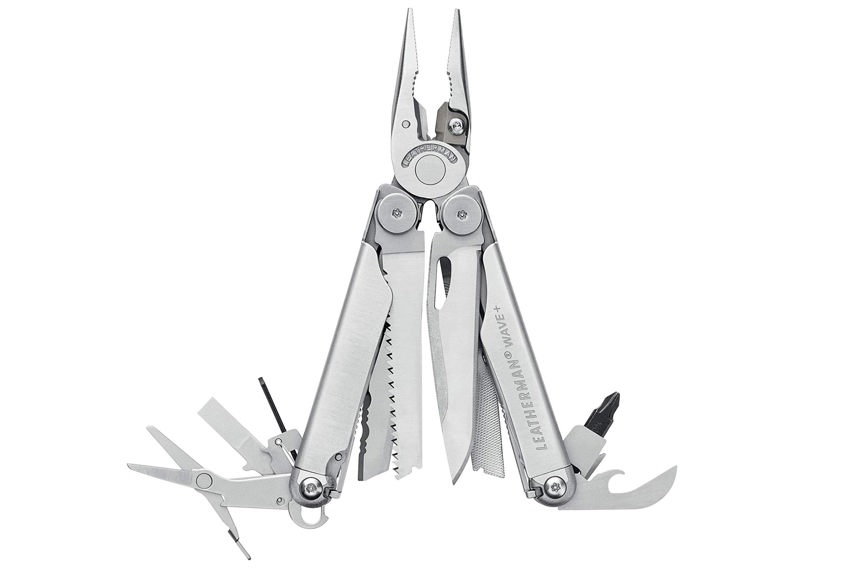
Roadside Gadgets & Tools
It’s never a bad idea to have a small assemblage of tools on hand, though one can save a lot of space and weight by simply getting a good multi-tool. Well-equipped multi-tools will feature a collection of common hand tools for small repairs.
Items such as fold-flat reflective safety triangles don’t consume much space and are definite nice-to-haves (if not essentials) in the event of calamity. Poking a set of jumper cables and towing strap in the voids of a spare tire well can also mean the difference between escaping a jam and waiting for help.
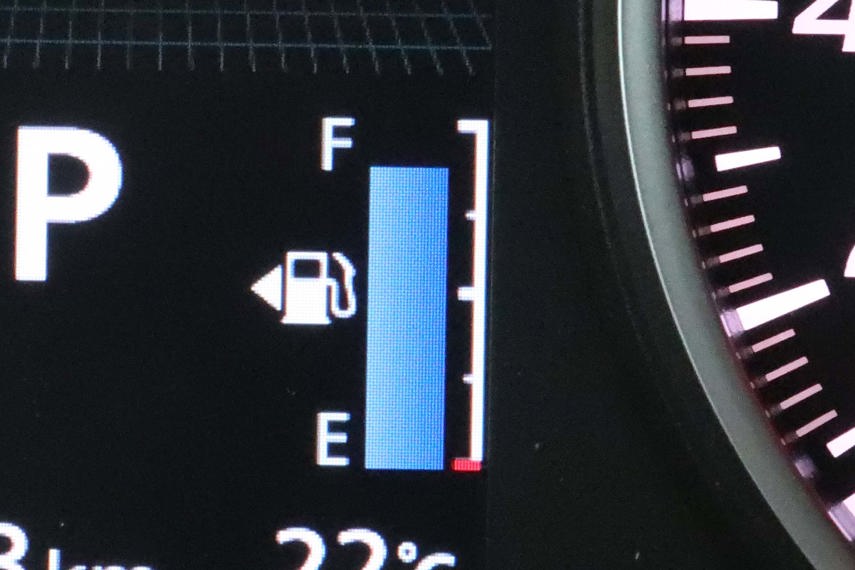
General Maintenance
Try to keep your vehicle’s fuel tank above the halfway mark during winter. While technically not part of the emergency kit, it is onboard and will help one avoid getting stranded at the worst possible time. Frigid temperatures, the likes of which are common across this frozen nation for several weeks of the year, are hard on vehicle systems. Keeping the fuel pump submerged in gasoline, instead of letting the tank run near-dry, can increase reliability.
The days of needing fuel-line antifreeze and lock de-icer have largely been relegated to the pages of history, thanks to modern fuelling and keyfobs, but some old habits die hard. Tucking a modern LED flashlight and water-resistant lighter could be a better use of space these days.
